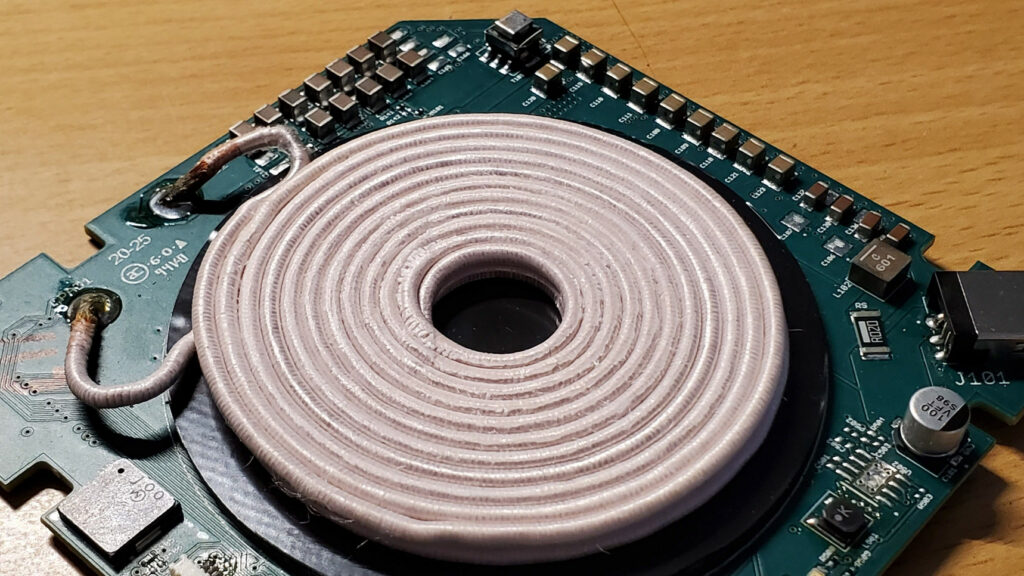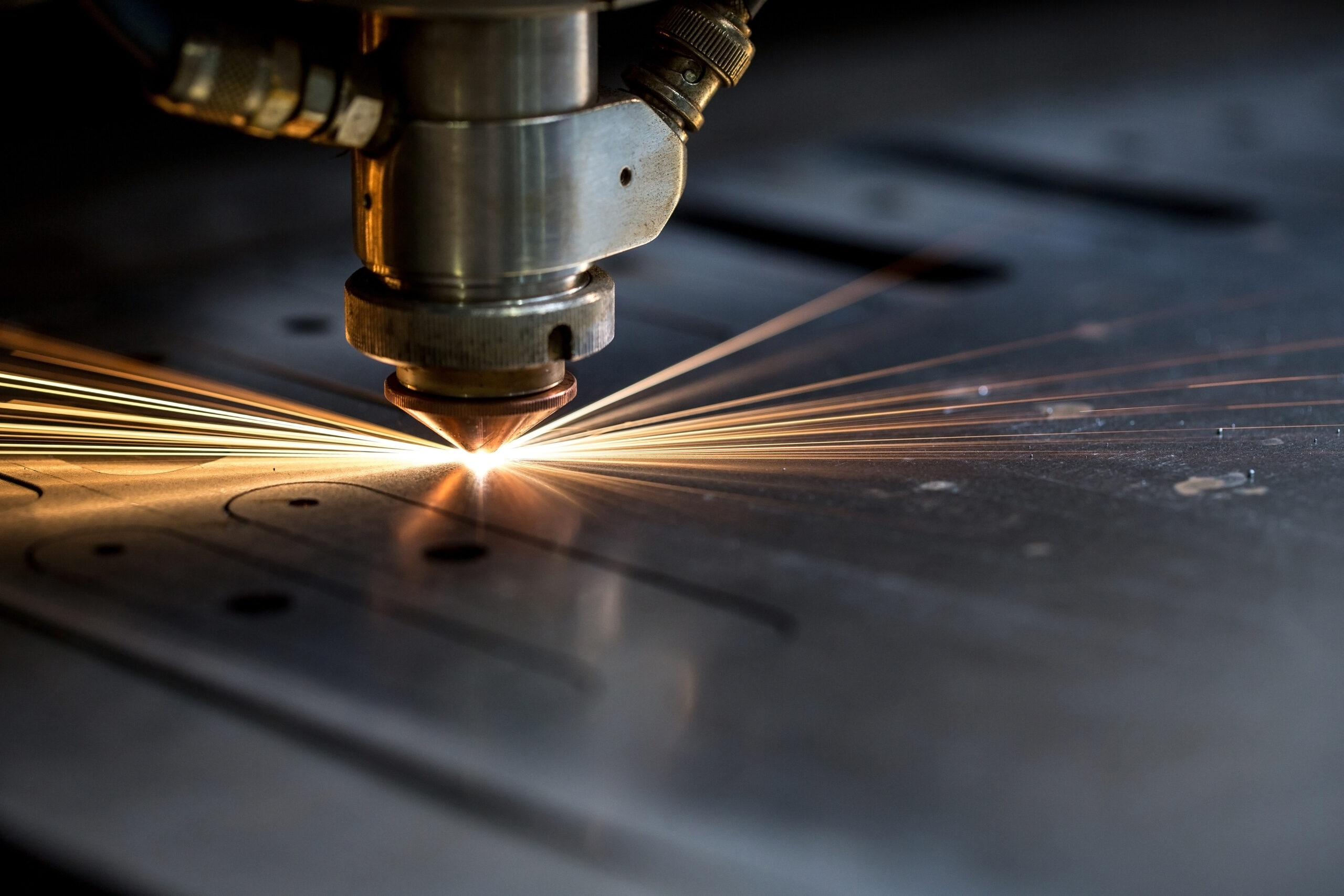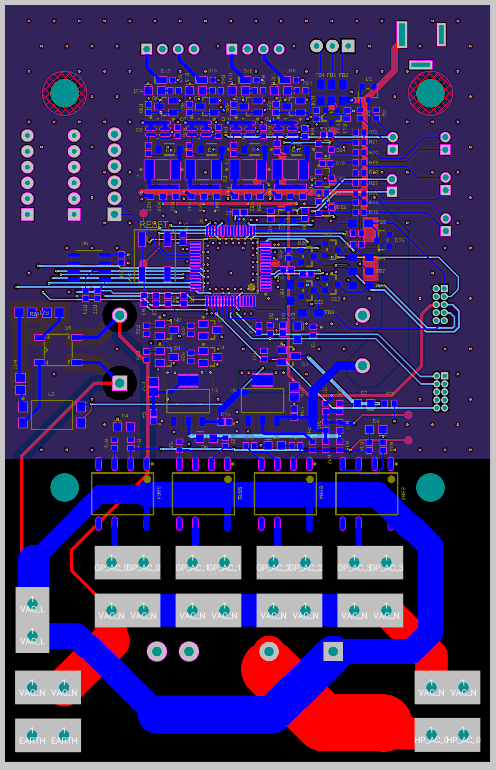
Ideas in Moetion
WIRELESS CHARGING
In 2009, I started with the team at Fulton Innovation as an R&D engineer working on wireless charging. Over the course of the next 4 years, the technology was brought from concept to reality with the launching of the original Qi standard. Within months, the technology was being incorporated into smartphones, cars, restaurants, and chipsets around the world.
My role within Fulton included both the advancement of wireless charging solutions with more positional freedom, leading the booth development for CES 2011, and helping to manage the ideation process and patent portfolio of over 800 international patents. In addition, I led the development of two-way wireless charging enabling wireless powershare for Samsung smartphones and others. After the patent portfolio was sold, I continued to work in implementation of wireless charging into several products.
Then in 2018, I was given the chance to re-enter the ecosystem as the senior development engineer at Inductive Intelligence. As their first full-time employee, the co-founders tasked me with taking their conceptual prototypes of dual-purpose induction power and creating a commercialized design. In addition, I helped build the team by bringing on Toussaint Cruise. Our design was able to charge Qi compatible phones but also deliver induction power to heatable devices and packages such as coffee mugs, bakeware, and low-cost recyclable food packaging.
Meanwhile, Trenton Wells was working on automotive applications for wireless charging with his employer, including an integrated NFC system for a truly wireless vehicle cockpit.
In 2020, Inductive Intelligence was unable to fundraise enough to make it to production, and we had to close doors. It was then that I formed Moetion Technologies, and am thrilled to have brought Trenton and Toussaint on. After nearly 20 collective years of inventing, designing, refining, marketing, and launching numerous iterations of wireless charging technologies, we find ourselves consistently working on the leading edge of the ecosystem and cannot wait to see where our next opportunity will come.

Ideas in Moetion
ENGINEERING PROCESS DEVELOPMENT
Hitting project schedules and budgets can be a daunting task. But doing so with consistency is one that not many companies are able to master. Several of our clients have been so impressed with our ability to deliver quality designs that they have asked us to help them improve their own internal development processes.
Over the past two years we have been developing simple to use process tools for design teams, coupled with documentation strategies and in-person training and support. These materials have allowed our clients to work more seamlessly across product development projects. From ideation to design verification, to knowledge transfer and design for manufacturing, our clients have been able to avoid schedule delays and increase effective design reuse. Our tool development has included streamlined DVP&R templates, Altium automations, and design-for-manufacturing design strategies. Our training and strategy development has focused on conducting effective design reviews, design techniques for first-time-pass of regulatory and quality testing, and product designs that are portable between manufacturers for continuity of supply.
Our process development support is ideal for several types of companies and teams including:
- Companies with new or recently restructured engineering teams
- Companies with new or recently changed manufacturing partners
- Teams with outdated or burdensome processes
- Teams looking to influence their companies internal processes with positive change
In the past, our process development has been completed over long-term support. At times it has been part of our design projects, and at other times it has required us embedded ourselves into our clients teams to dissect the opportunities and solutions that fit best for an organization. Moving forward, we are also offering our process development strategies as part of our newsletter, in one-day or multi-day workshops, or providing templates and training for individuals and small teams.

Ideas in Moetion
Early Stage Product Design
Nearly all of our collective experience at Moetion Technologies has been focused on product development or early-stage R&D. Delivering cutting edge technologies in ways that shape or even create new markets has taught us a lot about what it means to deliver value. Our cross-functional team of electronics hardware and software, coupled with our extensive network of partners that support mechanical design, industrial design, and test automation has allowed us to continue to push the boundaries of innovation.
Our team has been especially effective at creating proof-of-concept demonstrations that allow companies to quickly determine the feasibility of a new technology. Our creativity in developing low-cost, simple, and effective test setups have enabled our clients to explore their ideas with minimal investment. In addition, our team believes strongly in documenting not only the work done but the scientific background behind these solutions, arming our customers with the ability to continue developing these ideas on their own if they so chose. It’s a testament to our work however that most clients commend our documentation and then continue to use us.
Whether your idea is a back-of-the-napkin sketch or a multi-million dollar product refresh, our team is able to navigate the challenges of the fuzzy-front-end of development to deliver tangible results. With expertise in PCBA design, wireless radios, embedded and IoT software development, and electromechanical systems, we are ready to continue pushing the state of the art in product design.
